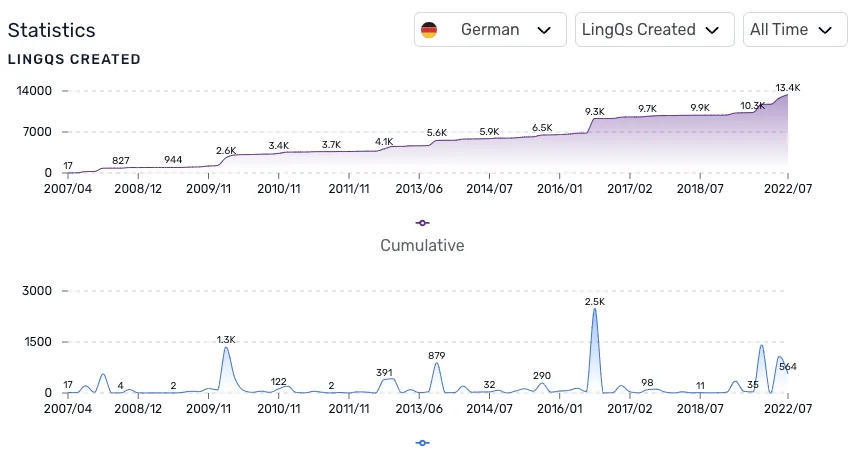Back in 1987, I made a conscious decision to dedicate myself to learning German. Let me share with you the journey I embarked on to achieve this goal.
Even before I set my mind on learning German, I had some exposure to the language. Growing up, my parents spoke German at home, although they conversed in English with my brother and me. While I had heard German spoken, I couldn’t speak it myself.
During my twenties, I spent time on a German ship for two weeks, hitchhiked across Europe, and even worked on a construction site in Vienna. This provided me with some basic understanding of German, albeit at a rudimentary level.
In 1987, I found myself between jobs with a month of free time ahead. It was then that I decided to fully commit to learning German. Prior to my experiences in Germany, I had glanced through a German grammar book that left me feeling overwhelmed by the rules. This was long before I discovered concepts like Stephen Krashen’s input or tools like LingQ. I realized that I needed to immerse myself in reading to truly grasp the language. Here’s how I went about it.
My first step was to explore second-hand bookstores in Vancouver, where I stumbled upon an old book from the University of Southern California, published in 1959. This book had translations scribbled in its margins, making it easier for me as a beginner to follow along without constantly looking up words.
I then delved into “Deutsche Kulturgeschichte” by Hans-Wilhelm Kelling, a book that delved into German history, a subject I was passionate about. Despite the lack of a glossary, I persevered through the unfamiliar words, allowing them to pass over me. This book was just one of many that I devoured during this period of my life.
At some point, I stumbled upon a series of cassette tapes featuring interviews conducted on German radio. These interviews with ordinary people became my favorite learning resource. I listened to them repeatedly, treating the audio material almost like music, absorbing it through repetition.
The landscape of language learning has evolved significantly since then. It has become easier to access a wealth of content that aligns with our interests. Gone are the days of scouring Germany for CDs; today, we have abundant text and audio resources that can be seamlessly integrated into platforms like LingQ for reading and listening practice. However, the modern landscape also presents challenges, such as restrictions on downloading content even after purchase, a frustrating hindrance for learners.
Learn German on LingQ
Let’s delve into my learning activity on LingQ. While I haven’t devoted extensive hours to learning German on the platform, examining my all-time statistics offers insights into my learning journey. My known words count on LingQ stands at around 33,000, with peaks of activity noted in 2009 and 2016.
In terms of LingQs created, I have looked up a total of 13,000 words, resulting in a known words count of 28,340. This indicates that there are numerous words I already knew and didn’t need to search for.

Despite my efforts to enhance my German skills since 1987, I acknowledge that my proficiency in the language falls short of my ideal level. While I have engaged in conversations with German speakers sporadically, I remain somewhat reserved about my German abilities. Nevertheless, I have managed to elevate my German from a basic level to one where I can enjoy reading books and engaging in conversations. With continued dedication, I believe I can surpass my current proficiency and reach a dormant B2 level, a stage where the language remains accessible even after periods of disuse.
I aim to maintain my languages at this dormant B2 level, enabling me to revisit and rekindle my language skills when needed. This approach allows me to explore new languages while retaining a solid foundation in previously studied ones.
Please rewrite this sentence.
Source link







